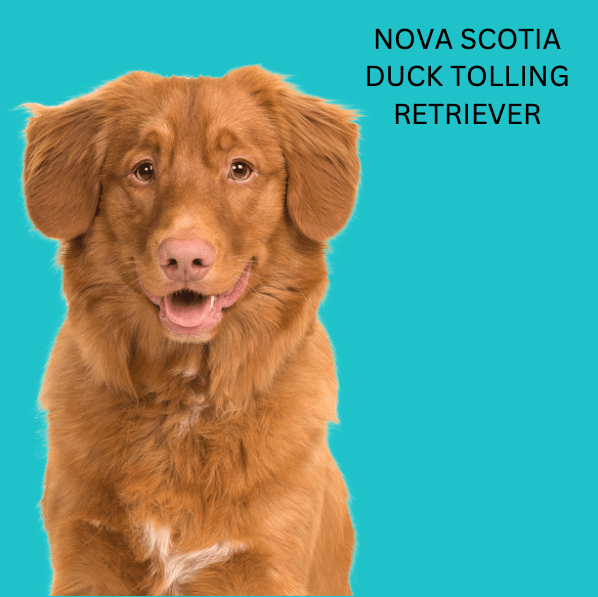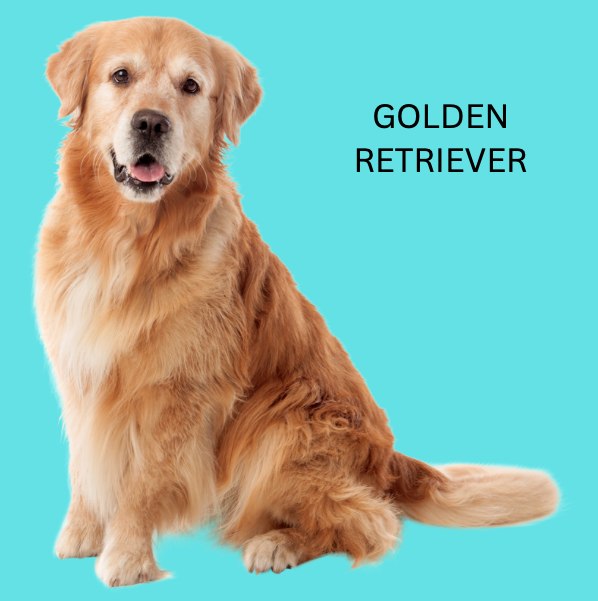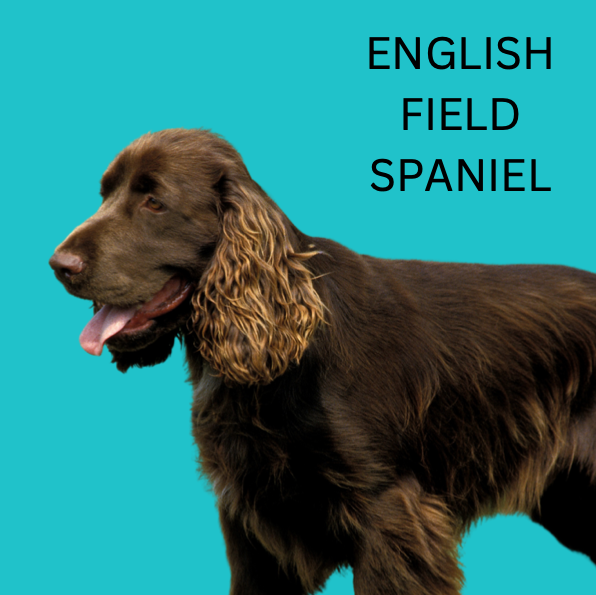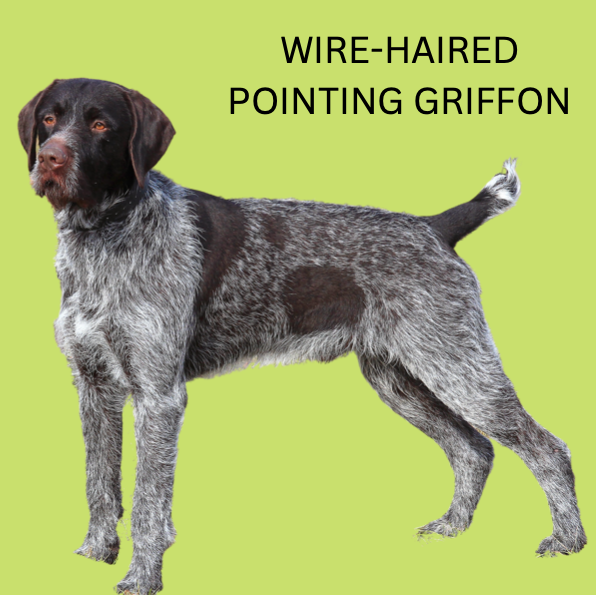|
During the month of March, I've been discussing various breeds of dogs and cats, along with some of the health issues experienced by these breeds. Here are the breeds I've discussed so far (click READ MORE at the bottom to read about each breed, as I've posted on Facebook and Instagram):
Why am I preoccupied with this breed, you ask? Well, because my first picture book is about a highly imaginative Burmese cat—it's called "Beverlee Beaz the Brown Burmese" and the story takes you through a particularly wild day in the imagination of Beverlee. A new edition of this book, with a new look (inside and out!) and a new publisher is due out April 17th of this year. 📔 * The Burmese cat, meanwhile, is said to be derived from a shorthair breed of ancient origin that was venerated as the incarnation of a god in Burmese temples (supported by a book of poems from Thailand probably written somewhere between 1350-1750). 🐱 * There is a strong genetic affinity between the Burmese and Siamese breeds, though the two breeds both go back a long time. 🐾 * The best known and most popular variety of Burmese is the sable brown, but there are also champagne, blue, red, chocolate and platinum varieties. They sport round shaped heads/faces, large, gold eyes spaced rather widely apart, medium ears, with heavier set bodies, and fine, glossy short coats. 🐱 * The Burmese lifespan is a long one—on average about 15 years plus. The Burmese is particularly susceptible to mouth/gum disease, upper respiratory tract disorders, diabetes, kidney disease (very common in most cats, unfortunately), and cystitis (feline lower urinary tract disease). 🐾 I think I will post dog breeds by group, i.e. Sporting, Hound, Working, Terrier, Toy, Non-Sporting, Herding and Misc (as listed in my handy-dandy "Dog Breed Bible" by D. Caroline Coile, Ph.D., published by Barron's) * The Sporting Group includes dogs that specialize in hunting with a human partner by locating, flushing, or retrieving birds. * I'll start with the Brittany—originating in France. These dogs are quick and curious and very independent in nature (yet still sensitive and responsive to direction). They need at least an hour of exercise a day. Their main health concerns have to do with hip dysplasia and epilepsy. Their expected life span is 12-13 years. What to say about Abyssinian cats? They originated in what's known as Ethiopia today and contends with the Egyptian May for being the most direct descendent of the ancient Egyptian cats. * These cats are lively—tireless, even—and curious. They need much enrichment. They can be demanding but also personal and very clever. * Abyssinians come in a warm golden-brown colour with black markings (they also come in chocolate, sorrel (a rich cinnamon), blue, lilac and fawn). They have rounded wedged heads, almond shaped eyes that are either gold or green, large, alert ears, graceful and lithe forms with long and tapering tails. * Areas of health concern in Abyssinians are: mouth and gum disease (common to almost all cats), Feline asthma, gastrointestinal tract disorders, infections and abscesses (from play biting or full-on cat fights), and like all other cats, kidney disease. The Pointer includes the Pointer originating in England, the German Short-haired and German Wire-haired (both originating in Germany). English Pointers are gentle and sweet, but too boisterous for small children. The German Short-haired Pointer loves to run, hunt, and investigate. The German Wire-haired is energetic, amiable and responsive, but can be stubborn. * All three Pointers need long walks and a chance to run every day. While English Pointers only require occasional brushing, German Short-haired and Wire-haired need weekly brushing. Hip dysplasia is an issue for all three Pointers. * English Pointers are also susceptible to entropion. German Short-haired Pointers also face concerns regarding lymphedema, entropion, gastric torsion and vWD (Von Willebrand disease). Retrievers include the Chesapeake Bay (US origin, wooly undercoat, any shade of brown), Curly-coated (English origin, tightly curled coat, black or liver coloured), Flat-coated (English, straight solid black or liver coat), Golden (English, straight or wavy golden coat), Labrador (Canadian, short, straight black, yellow or chocolate coat) and Nova Scotia Duck Tolling (Nova Scotian, straight medium red coat with white markings on tail tip, feet, chest or blaze). * While Chesapeake's can be stubborn and aggressive towards strangers and strange dogs, Curly-coated Retrievers are one of the more courageous retrievers. Flat-coated Retrievers enjoy hunting or swimming and Goldens need challenging obedience lessons and lively retrieving sessions. Labradors need daily exercise, physically and mentally and Nova Scotia Duck Tolling Retrievers are affectionate, gentle and amiable towards everyone. * Hip dysplasia is a common concern for all Retrievers, as is gastric torsion for some (Flat-coated, Chesapeake Bay) and PRA (Progressive Retinal Atrophy) in others (Nova Scotia, Labrador, Chesapeake Bay). Elbow dysplasia can affect Labs and Goldens. Glaucoma and Cancers can affect Flat-coated Retrievers. Skin, heart problems, and mast cell tumors affect some Goldens and obesity is sometimes common in Labs. The American Curl is a newish breed of cat discovered in California in 1981 (a natural mutation). This breed and the Scottish Fold are the breeds of cats with truly special ears, however, in the Scottish Fold, the ears are relatively small and fold forward and down. The American Curl's ears curve up and backward. * These cuties come in all colour varieties, including pointed (face, ears, legs, tail) and combined with white. Their ears are large, wide at the base and open, curving backward. The tips are rounded and flexible. They come in long hair (semi-long, fine, silky) and short hair (soft, silky, lying flat). * American Curls are a pretty hardy breed, but sometimes are genetically susceptible to narrow ear canals, causing wax build-up leading to ear infections. There's a fair few types of Setters out there in the dog world, including English Setters (flat, medium length coat in orange, liver, lemon or black ("blue") flecks over a white ground colour, or tri-colour) Gordon Setters (originating in Scotland, with straight or slightly wavy medium black and tan coats) and Irish Setters (straight, medium length coats in mahogany or rich chestnut red). * All of the Setters are eager hunters that need plenty of strenuous exercise every day, though English Setters can be easygoing and amiable. Gordon Setters can be somewhat more protective, whereas Irish Setters are eager to please. * All Setters are at risk of hip dysplasia, and Gordon and Irish Setters are susceptible to gastric torsion. Look out for PRA with Irish Setters and elbow dysplasia and deafness in English Setters. The Balinese cat has nothing to do with the Island of Bali. It appeared in the US during the 1950s in litters of Siamese cats, which is of little surprise, as the Balinese looks a great deal like a Siamese cat, except their coat is medium length, fine, and longest at the tail. * They come in the same colours as Siamese cats: Seal point, Blue point, Chocolate point, Lilac point and I expect there might be Flame and/or Torti points, too. * Health concerns for Balinese are about the same as they are for Siamese: an inherited neurological defect that causes crossed eyes, hereditary liver amyloidosis, and dilated cardiomyopathy. There are 9 different kinds of Spaniels in the Sporting Group, including: American Water Spaniel (originating in the US, wavy to curly coat, liver, brown or dark chocolate), Clumber Spaniel (English, straight, flat medium length coat in white with lemon or orange markings, stout body), Cocker Spaniel (US, flat or wavy medium coat in black, black and tan, or as for the ASCOB variety, any solid colour other than black and the Particolour variety, with any allowed solid colours on a white background, and also roans), English Cocker Spaniel (Flat or wavy medium coat in black, liver, red, black and tan, liver and tan or any of these colours on a white background either particoloured, ticked, or roan), English Springer Spaniel (Flat or wavy medium coat in black or liver with white, black or liver roan or tricoloured, a bit taller), Field Spaniel (English, flat or wavy medium coat in black, liver, golden liver, solid or bicoloured, round or ticked in white areas and tan points), Irish Water Spaniel (Tight ringlets, medium length solid liver coat, taller), Sussex Spaniel (English, flat or wavy medium length coat in rich golden liver, stout/short but long bodies), and Welsh Springer Spaniels (Flat, medium length coat in rick red and white). * Phew! That's a lot of Spaniels! The most common ones I tend to see a lot more of are American and English Cocker Spaniels and English Springer Spaniels. American Cocker Spaniels are merry, sensitive and active. Some bark a lot while others are overly submissive. English Cocker Spaniels are cheerful, too, and they retain more of their hunting nature than the American Cockers do. English Springer Spaniels do everything with enthusiasm and gusto! They even tend to be amiable with strangers. * Patellar luxation and ear problems are shared by both American and English Cockers while American Cocker Spaniels also have concerns surrounding eye problems and seborrhoea (excessive discharge of sebum from the sebaceous glands). Hip dysplasia is a problem for both English Cocker and Springer Spaniels, as is PRA. English Cockers are also susceptible to cataracts and Springers to ear problems and elbow dysplasia. Bengals were only officially recognized as a breed by the CFA (Cat Fanciers Association) in May of 2016! But they started in the US from the mating of a female American Shorthair with an Asian leopard—the selection program started and faltered in 1963, then resumed in 1970. * These beauties look like little leopards and have a bit of a wild streak about them! They have triangular heads, longer than they are wide, with large, muscular bodies, oval eyes with red-brick coloured noses. Their coat is spotted black, red, brown, chocolate, or cinnamon on a rufous ground colour. * Bengals are most susceptible to eye conditions (glaucoma, cataracts, retinal problems, entropion, and especially conjunctivitis), infections and abscesses (from scratching and biting—these are a rowdy, playful lot!), gastrointestinal disorders, kidney disease (as always with all cats, it seems), and cystitis. Spinone Italiano is a pointing and retrieving Sporting dog with origins in Italy, a stiff and flat or slightly crimped coat, coloured white, white with orange or chestnut markings, and orange or brown roan. * These beauties are devoted and gentle, affectionate and get along well with everyone. They are the calmer of the pointing breeds. They need a long walk or a good run daily and weekly brushing, plus occasional hand-stripping to tidy the face and feet. * Health concerns related to Spinone Italianos include hip dysplasia, gastric torsion and ear problems. The Birman is another pointed breed with a medium to long coat, silken in texture. They come in all the usual point colours: Seal, Blue, Chocolate, Lilac, Flame, etc, Black Toe their toes/feet (gloves) are white! * Birmans originate (probably) with a 1920's French breeder crossing a Persian with a Siamese. They were first officially recognized in 1925. * Birman's most common health issues include: mouth and gum disease (as per most cats), heart disease, kidney disease (again, as per most cats), gastrointestinal disorders, and cystitis. The Vizsla originates in Hungary and was used as a pointer, in falconry and trailing. They have a smooth, short coat of solid golden rust. They are gentle, affectionate and sensitive. They can also be protective and stubborn, and overly excitable. * Vizslas need strenuous exercise every day. They coat requires little care, except occasional brushing to remove dead hair. * Most common health concerns include epilepsy, hip dysplasia and lymphosarcoma. Bombay cats were developed in the late 1950s by an American breeder intending to create something similar to the Burmese, but with a much darker coat. They are therefore shaped very similarly to Burmese—with the same round head, medium ears with rounded tips, rounded eyes set far apart, but in this case, the eyes are gold to copper, rather than yellow to gold. * The fur is short, satin-like and black (with an occasional sable colour appearing, though these cats cannot be shown). * Health issues sometimes associated with the Bombay include hypertrophic cardiomyopathy, excessive tearing of the eyes, and possible breathing difficulties because of the short muzzle. The Weimaraner is bold and rambunctious (making them a little headstrong), enjoying running, hunting and exploring. Daily strenuous exertion is an absolute must for this breed, originating in Germany for large game trailing. * Health concerns for the Weimaraner include gastric torsion and hip dysplasia, and their life span is about 10-13 years. The Burmilla breed happened with the accidental mating of a male Persian Chinchilla and a female Lilac Burmese in 1981. * They have a large and rounded head with medium, round tipped ears, yellow-green to green eyes and coats in silver, shaded and tipped with points in solid colours and in the tortoiseshell pattern (black, blue, chocolate, lilac, caramel, beige and apricot). * The Burmilla's main health concern is Polycystic Kidney Disease (which causes the formation of cysts in the kidneys and often leads to renal failure). Today is the first day of Spring and Kuri's day of the Wire-haired Pointing Griffon! * Area of origin is France, their coat straight or wiry and medium length (in steel grey with brown markings preferably, but also chestnut brown, roan, white and brown). These are devoted dogs that are amiable and sometimes comical! They can be reserved around strangers. * Hip dysplasia and ear problems are the major health concerns for Wirehaired Pointing Griffons. The breed is called Chartreux probably because of the hypothesis of its origins—that it is a shorthaired breed that arrived in France (probably from Syria) in the 1500s and was raised in a monastery of Carthusian monks near Paris. * Their heads are rounded and broad, but not spherical. Chartreux eyes are copper to gold with a preference for deep, brilliant orange. Their medium height ears are set high on the head. They have a sweet smiling expression and a powerful jaw. Their coat is medium short, slightly wooly and comes in a variety of shades of blue—from ash to slate blue. * Health concerns include polycystic kidney disease and struvite stones in the urinary tract, and possible obesity issues. We're now in the Hound group, starting with the Afghan Hound. This is an ancient breed derived from a group of sighthounds in the Middle East. Origin is Afghanistan, of course, and their coat is famously long and silky (all colours permissible except spotted). * Afghans are independent hunters that need daily exercise in the form of either a long walk or some short sprints in a fenced area. Their coat requires brushing every two-three days. Their main health concern is cataracts. The Ceylon arrived in Europe in the 80s. They are a small to medium sized cat with marked cheekbones, large ears set high on their heads, large almond-shaped eyes from gold to green, short, close lying fur with clear markings on the abdomen against a golden sand background. Ticking and pattern is black, blue, red and lilac with varieties of tortoiseshell. * There don't seem to be any breed-specific health concerns with this kitty! The Basenji originates in Central Africa, hunts small game, has a smooth and short coat in red, black, black and tan, or brindle, all with white feet, chest and tail tips (white legs, blaze and collar optional). * The Basenji is among the most primitive breeds. They were discovered living in the African Congo with Pygmy hunters. They don't bark, but rather chortle and yodel and are often described as catlike. * Health concerns include Fanconi syndrome (kidney tubule function that results in excess amounts of glucose, bicarbonate, phosphates (phosphorus salts), uric acid, potassium, and certain amino acids being excreted in the urine), Basenji enteropathy (an inflammatory digestive condition) and PRA. In Egyptian the name Mau means "cat". Therefore, the Egyptian Mau is truly an Egyptian cat—and possibly even the same cat that appears in murals dating back to 3000 B.C.!
* The Egyptian Mau is medium-long, elegant and muscular. Their heads are slightly rounded but wedged, ears are medium to large and alert, eyes large and almond shaped in "Gooseberry green" colour. Their hair is medium in length coming in silver, bronze and smoke colours with bands, ticking and spots. * Health concerns include the usual mouth and gum disease, as well as feline asthma, gastrointestinal tract disorders, heart disease and cystitis.
0 Comments
Leave a Reply. |
AuthorRegan is a certified Canine Massage Therapist (CCMT), has certification in First Aid and CPR for Pets, and some beginner training in Herbal Remedies and Aromatherapy for personal use. Archives
July 2024
Categories |









































 RSS Feed
RSS Feed